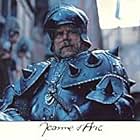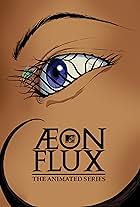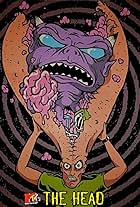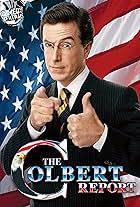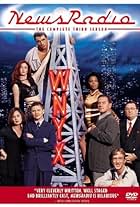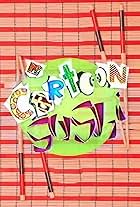Liquid Television certainly must be noted as one of the landmark programs the network aired throughout its history. An anthology series that had recurring elements, the program launched a couple of MTV standards: Mike Judge's "Beavis & Butthead" first appeared here with their controversial "Frog Baseball" episode, as did "Aeon Flux," the very first element anyone recalling the series would likely remember. That character, an under-dressed, overachieving, amazon-like killing machine, eventually got a big screen, live action film starring Charlize Theron in the title role. For those two additions, Liquid Television's place in TV history should be secure.
Other brilliant elements included "Stick Figure Theater," where classic clips from vintage movies were turned into what appeared to be deceptively simple "flip movie" style animation (though they also did a very memorable re-imagining of Madonna's "Express Yourself" video), "The Specialists," a team of three investigators that had brawn (Samson), brains (Master Mind) and beauty (Kittka) and who rented themselves out in the classified ads, stumbling into a very complicated case, and "Winter Steele," which was a marionette/puppet presentation about a street tough biker chick out to find her motorcycle man, Crow, and the complications she faced in the chase.
But it wasn't all animation; there were key live-action segments as well. Most notably of these was, "Dog Boy," which arguably had the best script of any of the elements in the series (though granted, it did lift the story from Charles Burns' graphic novels and tried to capture the comic book look and palette in its presentation). It was a stylish collection of vignettes with a story line about an innocent young dishwasher in a diner who was given a heart transplant of a canine and who took on many of the traits of that animal as a result.
As for the rest, some of the other footage was taken from vintage animation from the 1920s or 30s, student films and other elements not specifically created for this series. This is not a criticism, but it is notable that "Liquid Television" only produced a portion of the material it showed, and even reran clips to fill out its 30 minute time slot on occasion.
Though not every element offered up on this show worked, it was an ambitious series that set the tone for later presentations, like Cartoon Sushi, and must be remembered for attempting to showcase some thoughtful, fun and interesting material of this sort, at a time when nobody else was doing anything like this.




